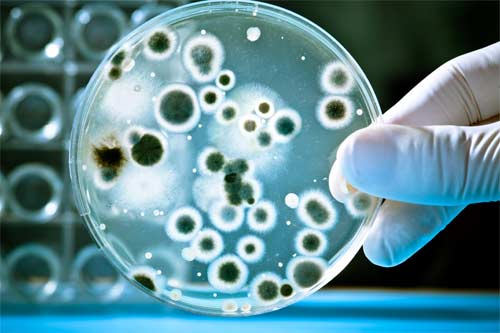
How do Water contaminants relate to health effects?

We have organized the information in the following order:
Microorganisms
| Contaminants | MCL or TT1 (mg/L)2 | Potential Health Effects from Ingestion of Water | Sources of Contaminant in Drinking Water |
|---|---|---|---|
| Cryptosporidium | TT 3 | Gastrointestinal illness (e.g., diarrhea, vomiting, cramps) | Human and fecal animal waste |
| Giardia lamblia | TT3 | Gastrointestinal illness (e.g., diarrhea, vomiting, cramps) | Human and animal fecal waste |
| Heterotrophic plate count | TT3 | HPC has no health effects; it is an analytic method used to measure the variety of bacteria that are common in water. The lower the concentration of bacteria in drinking water, the better maintained the water system is. | HPC measures a range of bacteria that are naturally present in the environment |
| Legionella | TT3 | Legionnaire's Disease, a type of pneumonia | Found naturally in water; multiplies in heating systems |
| Total Coliforms (including fecal coliform and E. Coli) | 5.0%4 | Not a health threat in itself; it is used to indicate whether other potentially harmful bacteria may be present | Coliforms are naturally present in the environment; as well as feces; fecal coliforms and E. coli only come from human and animal fecal waste. |
| Turbidity | TT3 | Turbidity is a measure of the cloudiness of water. It is used to indicate water quality and filtration effectiveness (e.g., whether disease-causing organisms are present). Higher turbidity levels are often associated with higher levels of disease-causing microorganisms such as viruses, parasites and some bacteria. These organisms can cause symptoms such as nausea, cramps, diarrhea, and associated headaches. | Soil runoff |
| Viruses (enteric) | TT3 | Gastrointestinal illness (e.g., diarrhea, vomiting, cramps) | Human and animal fecal waste |
Disinfection Byproducts
| Contaminant | MCL or TT1(mg/L)2 | Potential Health Effects from Ingestion of Water | Sources of Contaminant in Drinking Water |
|---|---|---|---|
| Bromate | 0.010 | Increased risk of cancer | Byproduct of drinking water disinfection |
| Chlorite | 1.0 | Anemia; infants & young children: nervous system effects | Byproduct of drinking water disinfection |
| Haloacetic acids (HAA5) | 0.060 | Increased risk of cancer | Byproduct of drinking water disinfection |
| Total Trihalomethanes (TTHMs) | 0.10 ---------- 0.080 | Liver, kidney or central nervous system problems; increased risk of cancer | Byproduct of drinking water disinfection |

